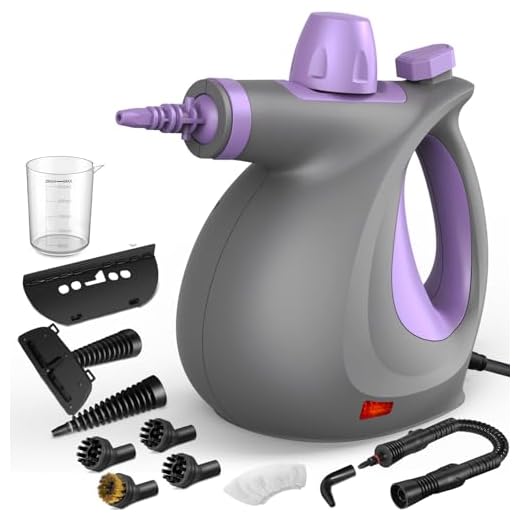
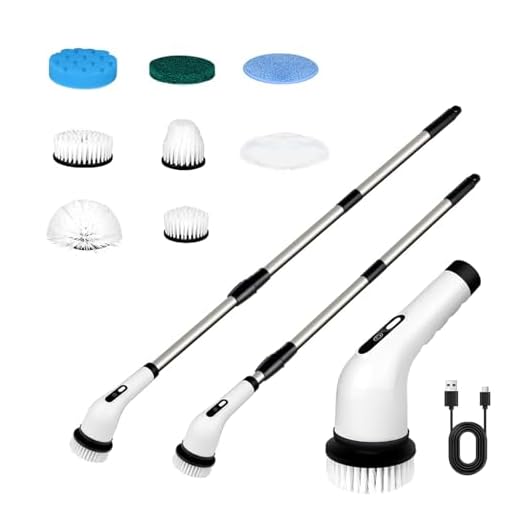


Cleaning large indoor spaces with a high-pressure device presents significant risks, and I recommend exercising extreme caution. Using it in tight areas can result in water damage, electrical hazards and even pose safety risks due to slippery surfaces. Thorough preparation and the right protective equipment are necessary.
Choosing the appropriate machine is crucial. Opt for a model with a lower pressure setting to minimise potential damage to surfaces and fixtures. While it’s tempting to use powerful machines for quicker results, a gentle approach is often safer and more effective for indoor spaces.
Before proceeding, ensure that the area is well-ventilated. Open windows and doors to facilitate airflow and dry out the space after cleaning. Always utilise an extension cord rated for outdoor use if necessary, and avoid overloading electrical outlets. Consider the type of surfaces being cleaned, as wood or painted areas could be easily damaged.
In addition to the proper equipment and precautions, wearing personal protective gear like goggles and non-slip shoes is essential. Taking these steps will not only ensure your safety but also yield satisfying results while reducing potential risks associated with indoor cleaning.
Restrictions and Alternatives for Cleaning Inside
Operating high-pressure cleaning equipment within enclosed spaces is not advisable due to safety hazards. These machines generate strong jets of water that can lead to water damage, slippery floors, and inadequate ventilation. Instead, consider alternative cleaning methods specifically designed for indoor use, which ensure both safety and effectiveness.
Recommended Alternatives
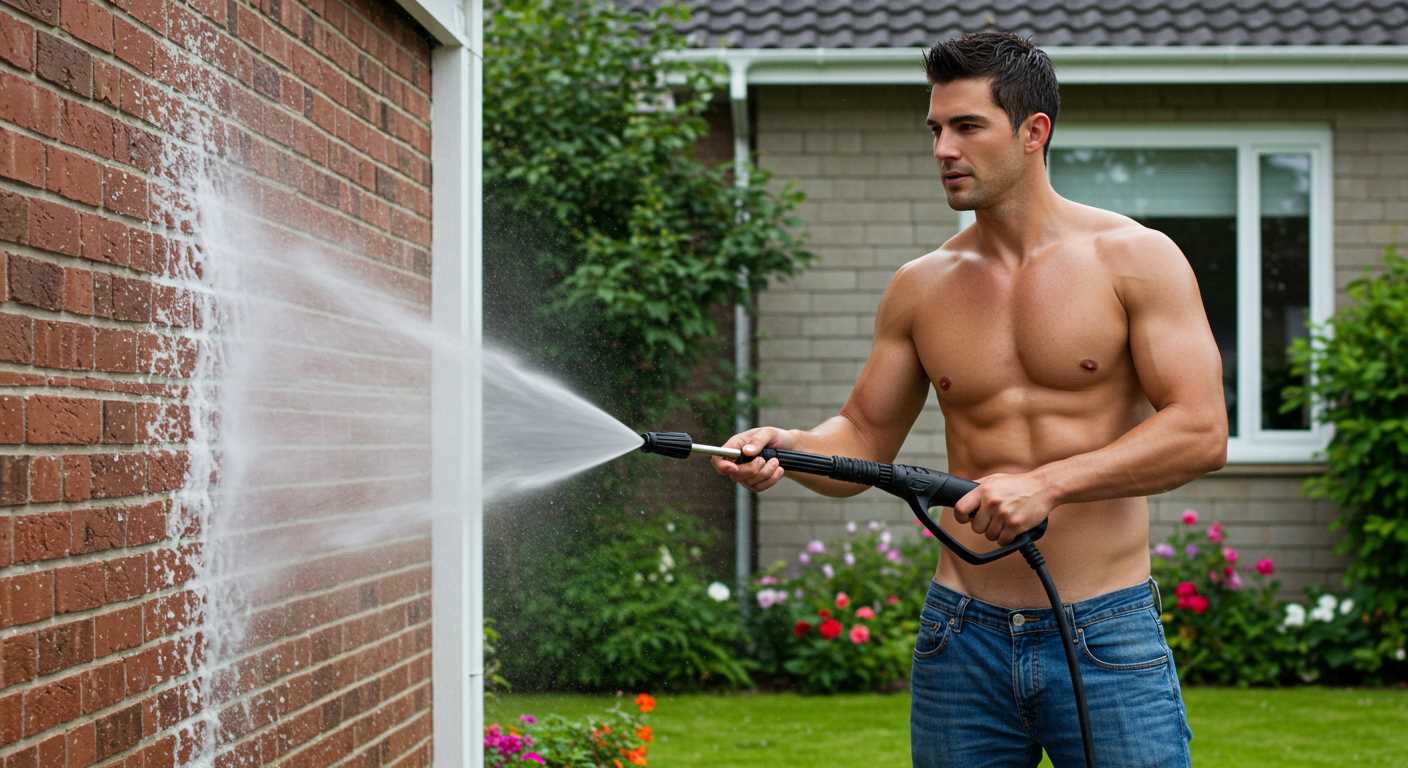
Using mops, brooms, or vacuums tailored for hard surfaces offers a cleaner and safer approach. For stubborn stains, steam cleaners or compact electric scrubbers can effectively remove dirt without the risk posed by high-pressure devices. These options allow for thorough cleaning without damaging surfaces or causing safety issues.
Safety Precautions
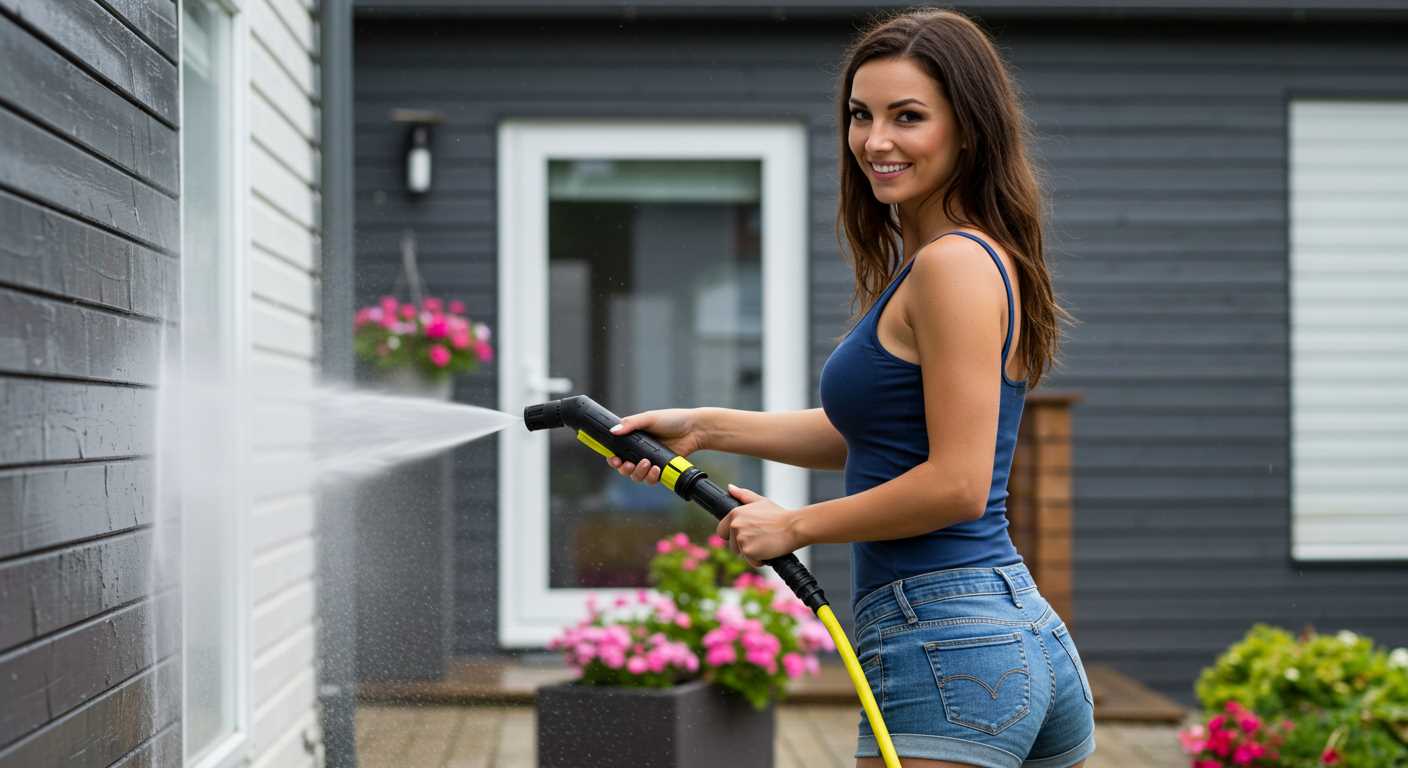
If any high-pressure tool is needed, proper ventilation is critical. Additionally, ensuring that electrical outlets are not near water and wearing protective gear like safety goggles is paramount. Always consider the manufacturer’s instructions, and assess the specific requirements of the materials being cleaned.
| Method | Advantages | Considerations |
|---|---|---|
| Steam Cleaner | Effective against stains, sanitises surfaces | May require more time for deep cleaning |
| Electric Scrubber | Reduces physical effort, good for tough grime | Check surface compatibility |
| Mop and Bucket | Simple, accessible equipment | Manual effort required for best results |
Assessing the Risks of Indoor Pressure Washing
Conducting high-pressure cleaning inside requires meticulous risk assessment. The most pressing concern is the potential for property damage due to excessive water exposure. Use waterproof tarps and proper drainage systems to mitigate this risk. Always check the integrity of walls, floors, and nearby electrical outlets prior to proceeding.
Another critical aspect involves respiratory issues. Indoor environments may not provide adequate ventilation, leading to the accumulation of harmful vapours from detergents. Always wear appropriate respiratory protection and ensure windows are open to allow airflow.
Hazards associated with electrical components must not be overlooked. Water spray can lead to shorts and fire risks if equipment is improperly managed. It’s vital to use electrical devices rated for wet conditions and to maintain a safe distance from outlets while operating cleaning gear.
Falling hazards arise during indoor applications as surfaces may become slippery. Ensure the working area is clear of obstacles and consider using non-slip mats. Keeping the area dry can help to avoid accidents.
Training staff on the correct handling of equipment is essential. Inadequate knowledge can lead to injury or misuse, posing serious risks. Conduct thorough training sessions covering all aspects of equipment operation and safety measures.
Finally, the noise generated by high-powered cleaning tools might disturb others in the vicinity or cause hearing damage. Wearing ear protection can help reduce this risk while maintaining a safe working environment.
Understanding Indoor Ventilation Requirements
For any cleaning activity within enclosed spaces, ensuring ample ventilation is paramount. When high-pressure systems are employed, fumes and moisture can accumulate quickly, leading to potential health hazards or damage to surfaces. I recommend maintaining a consistent airflow to facilitate quick evaporation and dispersal of any chemicals in use.
Minimum Ventilation Standards
Establish a ventilation rate of no less than 0.5 air changes per hour. This means that the air within the area should ideally be replaced with fresh air from outside at least twice per hour. Opening windows and doors can significantly enhance airflow, but consider employing fans to direct air movement effectively and to prevent the buildup of any harmful vapours.
Monitoring Air Quality
.jpg)
Utilising air quality monitors can help detect the presence of harmful substances during the cleaning process. Look for devices that measure particulate matter, volatile organic compounds (VOCs), and humidity levels. Keeping a check on these parameters ensures a safer environment and a more effective cleaning procedure.
Choosing the Right Pressure Washer for Indoor Use
A compact electric model with a low flow rate is optimal for indoor applications. Select one that operates quietly and produces minimal spray to limit water distribution throughout the space.
- Power Rating: Focus on units with a maximum of 1500 PSI to manage cleaning without risking damage to surfaces.
- Portability: Prioritise lightweight designs. A smaller size allows for easier manoeuvrability in confined areas.
- Safety Features: Look for options equipped with automatic shut-off systems and GFCI protection to ensure electrical safety.
- Versatile Attachments: Nozzles that offer adjustable spray patterns can enhance versatility, enabling you to switch from delicate surfaces to tougher grime easily.
- Detergent Compatibility: Choose a model that accepts a variety of cleaning solutions for added effectiveness on specific indoor tasks.
Consider the space where the cleaning will take place. For larger areas, models with longer hoses and extension wands make the job easier without changing positions frequently.
Finally, check the noise levels. Instruments rated below 70 dB are preferable for maintaining a quiet environment, especially in residential settings.
Preparing Your Indoor Space for Pressure Washing
Begin by removing all furniture and items from the area. This prevents damage and ensures a clear workspace. Wrap furniture or valuables you cannot relocate in plastic sheets for added protection.
Clear surfaces of any dust, debris, or dirt. A broom or vacuum cleaner will help create an ideal starting point. Pay particular attention to corners and crevices where grime tends to accumulate.
Cover electrical outlets, switches, and any exposed wiring with waterproof tape or plastic covers. Protection from moisture is paramount for safety and to prevent damage to electrical systems.
Seal off any doors and windows to contain water spray. Use tarps or large plastic sheets to create barriers. This keeps excess moisture confined and minimises the risk of slips and falls.
Check for any fragile items or decorations. Move, wrap, or remove them to avoid breakage during cleaning operations. Ensure that any wall-mounted items are also secured or removed.
Ensure the floor is dry and free from obstructions. If applicable, lay down rubber mats to prevent slipping. This not only protects the surface beneath but also offers a stable footing.
Prepare your ventilation. Open any windows or doors to facilitate airflow, helping to disperse moisture and prevent mould growth post-cleaning. Use fans if necessary to enhance circulation.
Confirm you have a good supply of towels or absorbent materials on hand to promptly deal with excess water. This allows for swift cleanup and prevents puddles that could pose safety hazards.
Assess the cleaning solution specific for your cleaning equipment. Ensure it is suitable for use indoors, considering potential odours and vapours. I recommend opting for eco-friendly, low-odour formulations.
Finally, double-check that all safety gear, including goggles and non-slip footwear, is ready. Being prepared safeguards against potential accidents during the cleaning process.
Water and Electricity Safety Precautions
Always disconnect electrical devices before commencing any cleaning task. This includes unplugging tools and ensuring circuits are off. Ground Fault Circuit Interrupter (GFCI) outlets should be installed where water and electricity may intersect to provide additional protection.
- Prefer battery-operated models over electric versions when cleaning inside. This significantly reduces electrical risk.
- Ensure all electrical cords are free from damage. Replace any frayed or exposed wires to avoid electrocution.
- Avoid running extension cords through water or wet areas. Keep connections elevated and out of reach of moisture.
Cover outlets, switches, and electrical appliances with waterproof coverings or shields. It prevents accidental exposure during operational phases.
- Aim water away from power points and avoid direct contact with electrical installations.
- Maintain a clear distance between water sources and electrical devices, aiming for at least six feet in all directions.
In case of an electrical emergency, ensure immediate access to a circuit breaker or electrical panel for quick disconnection. Stay aware of surroundings and be prepared for sudden incidents.
Cleaning Materials Safe for Indoor Use
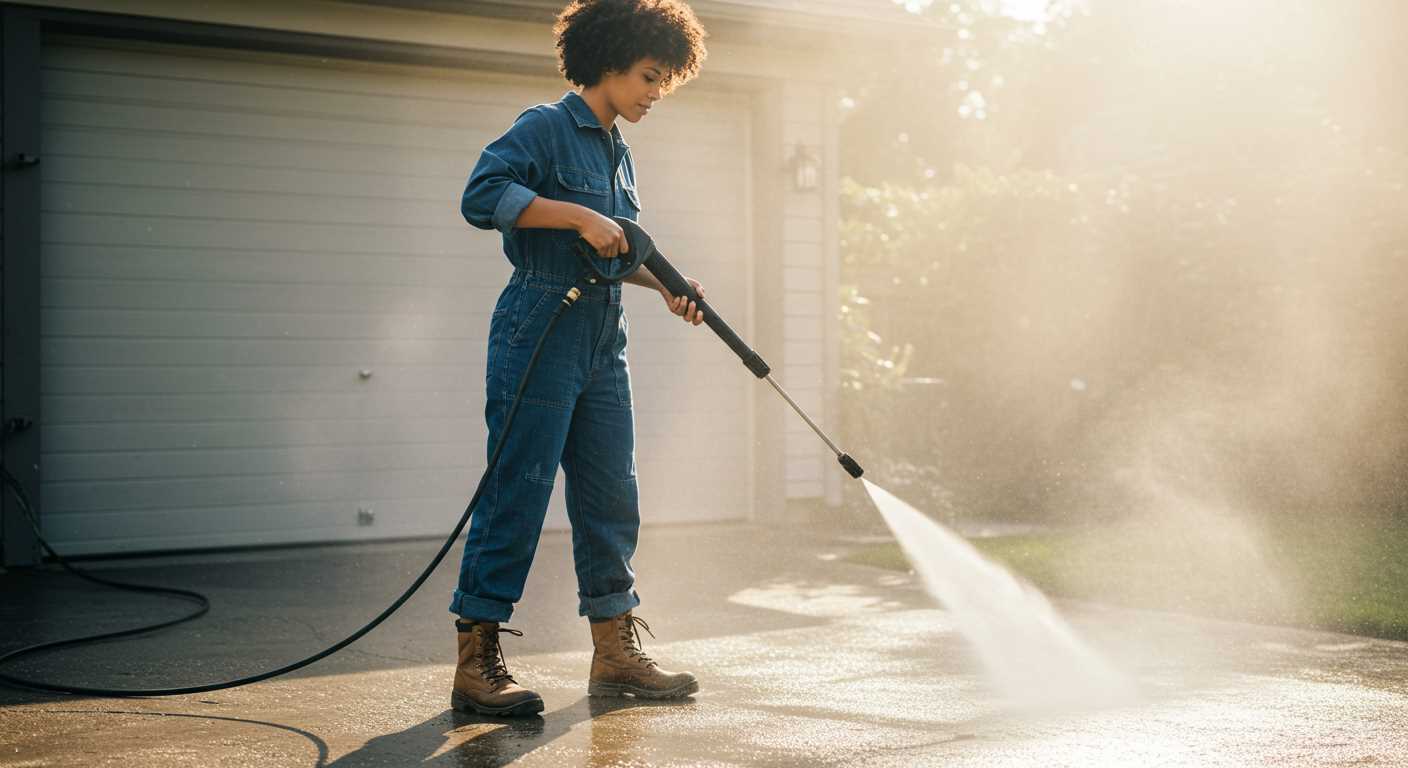
When selecting cleaning agents for interior settings, opt for biodegradable and non-toxic solutions. Vinegar and baking soda effectively tackle grime without releasing harmful fumes. Look for specially formulated indoor cleaners that mention “low VOC” (volatile organic compounds) on their labels.
For surfaces like wood or tile, consider pH-neutral cleaners which are gentle yet effective. Microfibre cloths work best with these materials; they trap dirt and dust effectively. Avoid abrasive pads that could scratch surfaces.
Disinfectants should include hydrogen peroxide or ethanol as active ingredients, ensuring they are safe for your indoor environment. Always follow manufacturer instructions for dilution and application to achieve maximum results without compromising safety.
Consider using essential oils for added fragrance and antimicrobial properties. Lemon and tea tree oils are great choices for their natural properties. Ensure proper dilution with water or carrier oils before use on surfaces.
Testing any cleaning material on a small, inconspicuous area before application on larger surfaces is advisable. This helps to confirm compatibility and avoid potential damage to your interiors.
Post-Cleaning Clean-Up and Maintenance
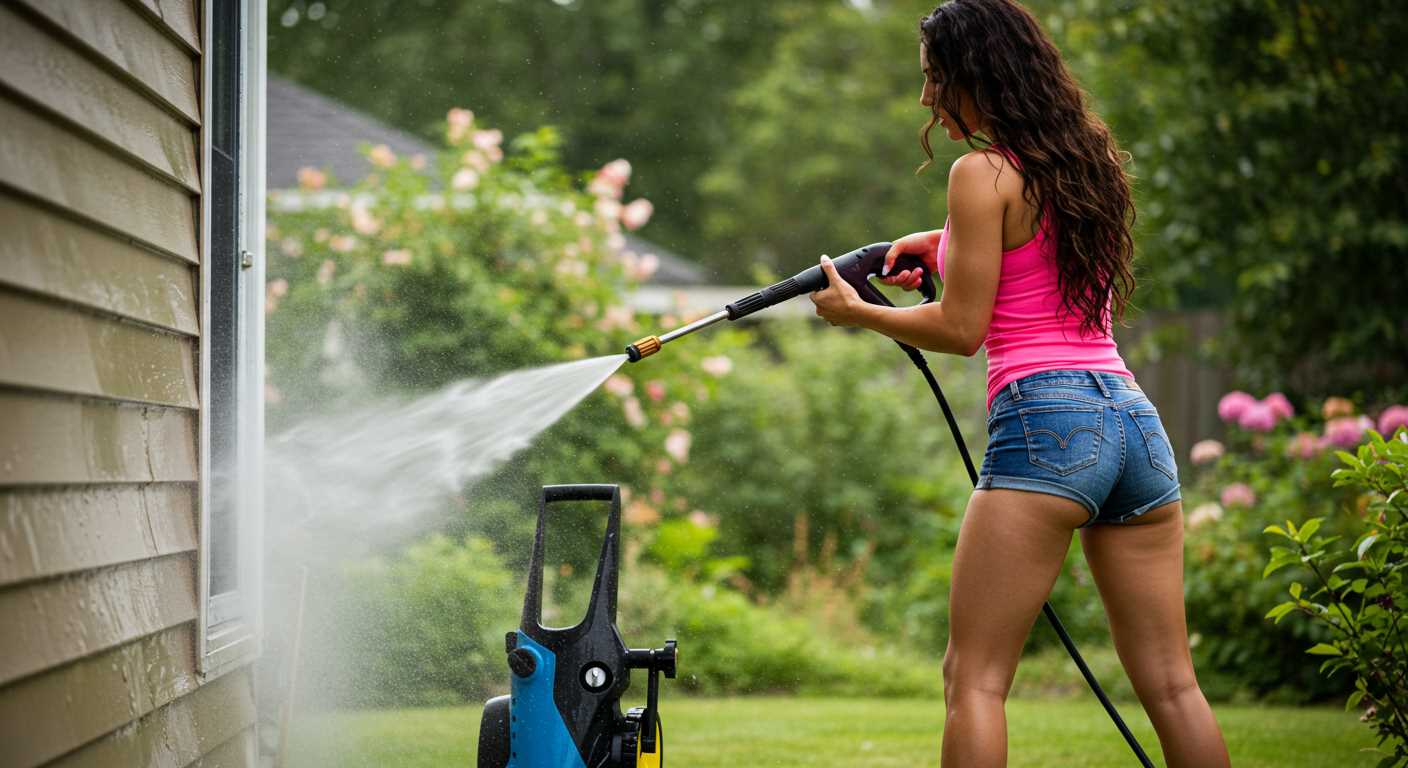
After completing the task, it’s crucial to carry out a thorough clean-up to ensure safety and cleanliness within the area. Begin by shutting off all equipment and unplugging any electrical connections. This step prevents accidental activation and mitigates risk.
Next, remove excess water using a wet/dry vacuum to prevent slipping hazards and water damage. If you have used any detergents or cleaning agents, it’s essential to rinse the surfaces with clean water to eliminate any residues that could cause slippery conditions or have adverse health effects.
Check and secure all hoses and power cables. Proper organisation is important to avoid trip hazards for anyone entering the space later. Inspect the cleaning tools to ensure they are functioning correctly and store them appropriately to prolong their lifespan.
If any surfaces were damaged during the cleaning process, document those findings and address repairs promptly. This maintains the aesthetic and structural integrity of the indoor space.
Regular maintenance of the cleaning equipment is also vital. Clean filters, check for clogs, and inspect seals to enhance performance and durability. Scheduling periodic servicing based on usage frequency will keep everything in optimal condition.
Lastly, ensure adequate ventilation post-cleaning. Open windows or use fans to facilitate air circulation, allowing any lingering moisture or fumes to dissipate, ensuring a safe environment for reoccupying the space.











